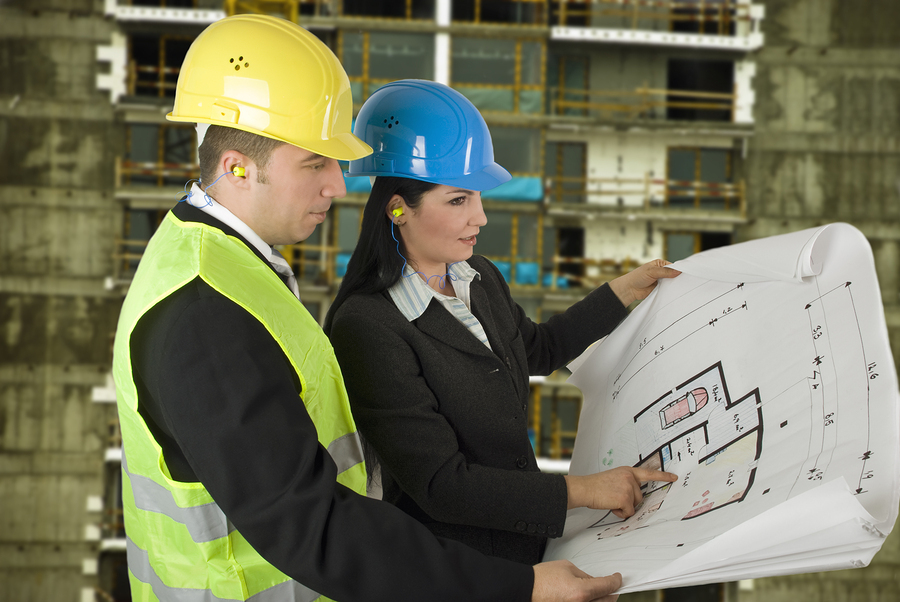From virtual imaging to 3D mapping, technology is driving a shift in the construction industry. The business of building is evolving, and that evolution is riding a tidal wave of technology. A new concept, called augmented reality, is at the forefront of that growth, acting as the primary driver toward a new era in an industry that is becoming more precise, more efficient and more advanced.

Augmented Reality – Bridging the Divide
As discussed in the article “Virtual Reality Apps Bring Design and Construction to Life,” augmented reality (AR) is acting as a bridge between construction professionals and their clients. Builders, architects and other industry insiders are intimately familiar with the language, tools, blueprints, images, diagrams and other components associated with the business of building. Their clients, however, may not be fluent in the language needed to communicate their ideas, their vision and the plans for the desired outcome of any given project to the people who will ultimately put those plans into action.
AR: Beyond Virtual Reality
When experts describe AR, it is easy for lay people to confuse it with virtual reality – but AR offers much, much more. Virtual reality lets a human being “enter” a fictional world and “interact” within that simulated environment.
AR, on the other hand, immerses users in a very real environment.
AR creates a digital model around a real space and then augments that real space with variations in contents and dimensions, all of which represent the result of changes that will be made during a construction project. This allows clients to view the finished project before the first shovel breaks ground.
The Client Submits Input
Once the customer sees the proposed finished project through the use of AR technology, they may then submit proposed changes or alterations. Previously, this was a difficult stage that was a magnet for problems. If the client didn’t understand industry jargon or protocols, he or she could have a difficult time articulating and accurately expressing ideas regarding the direction of the project. With AR, however, even a client with no construction knowledge can participate in steering the project.
Augmented reality is streamlining the business of building.
Augmented reality takes virtual reality a step further by enabling real-time, real-world communication between builders and clients – who may have otherwise had a difficult time interacting on a project. Vendors, architects, construction managers and contractors can use this new technology to streamline operations, reduce costs, limit or eliminate mistakes and unify stakeholders.
